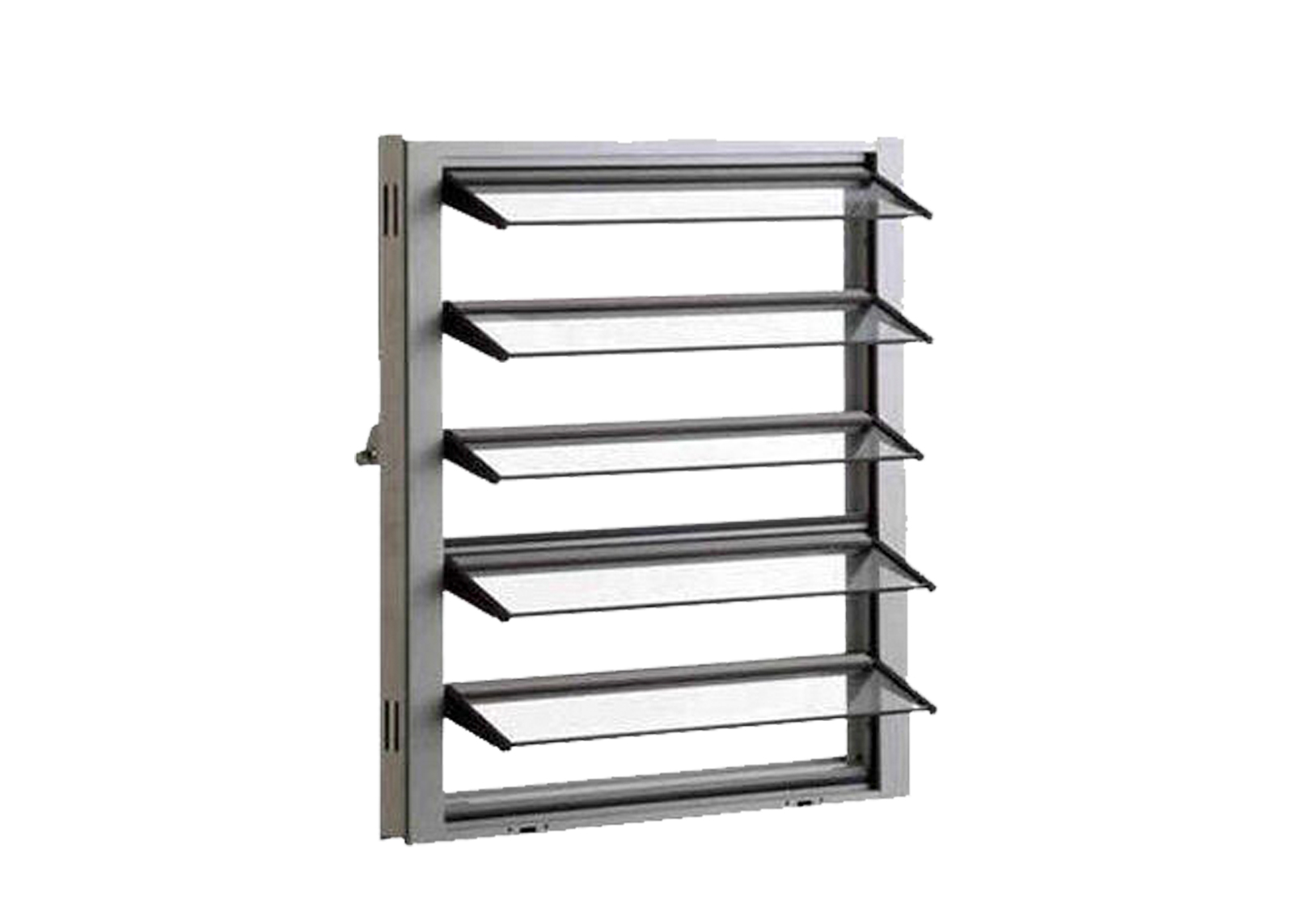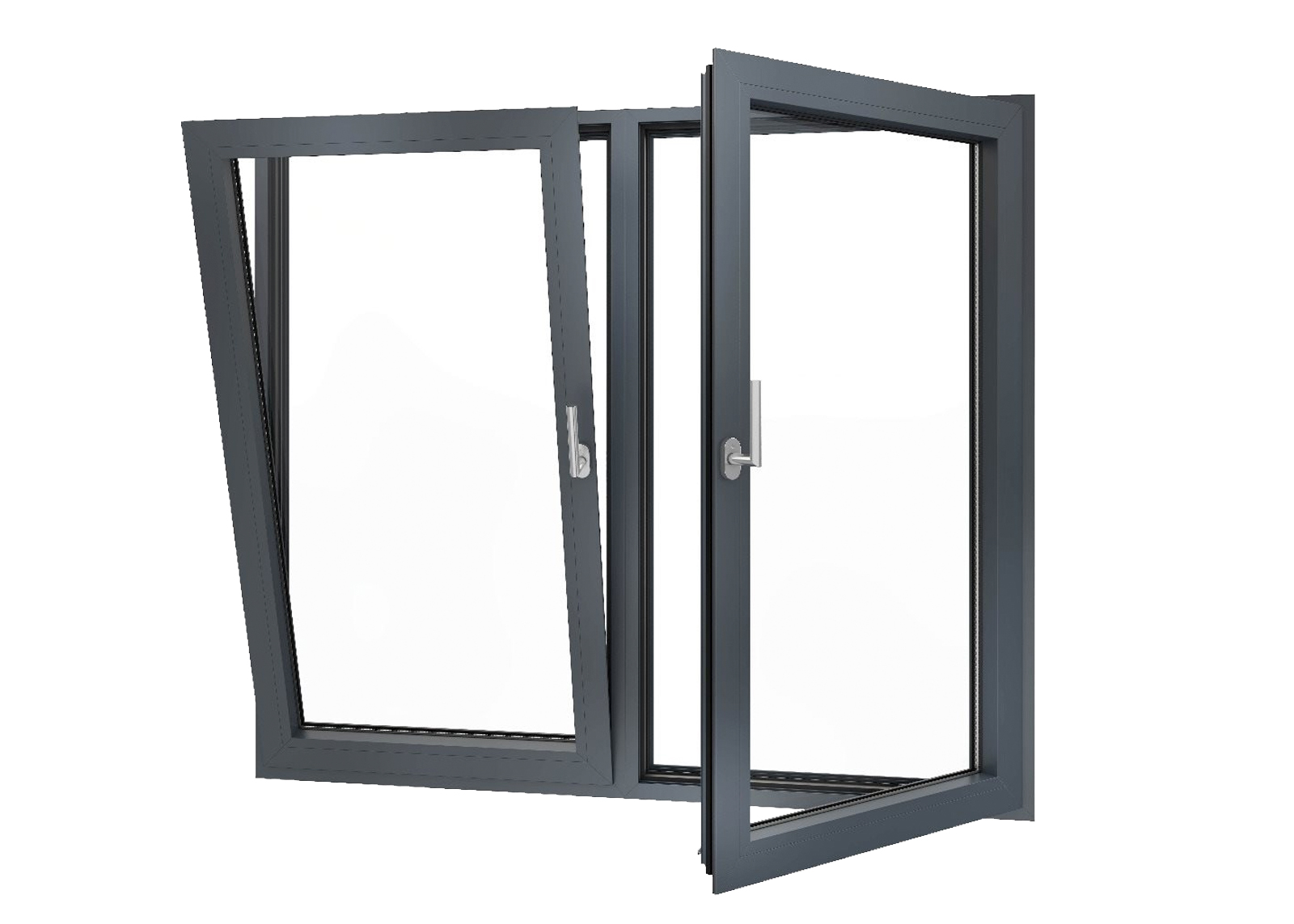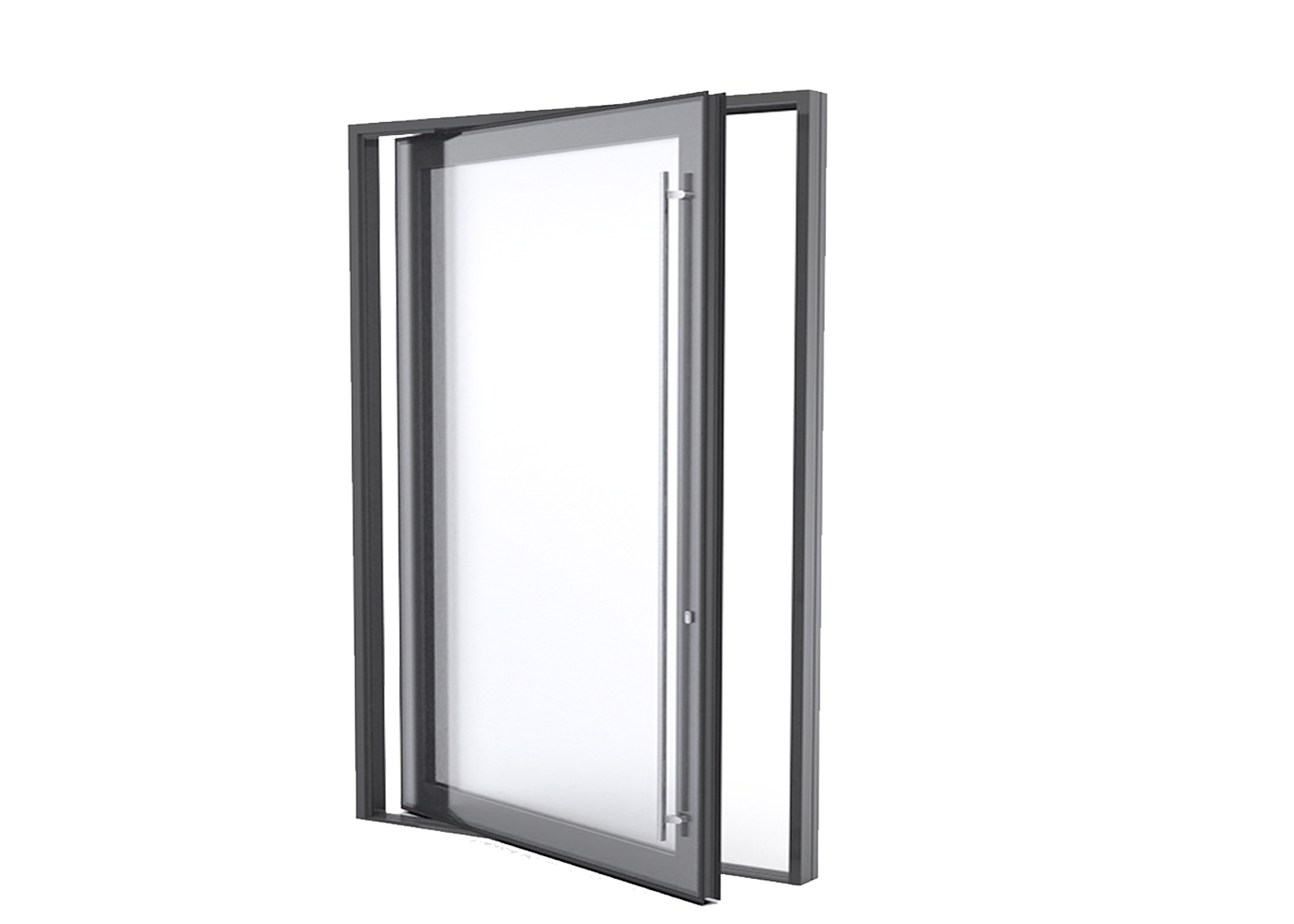Professional Windows and Doors Customization Manufacturer
Home / Glossary
- Quick selection quotation
- Become ROPO Windows Partner
- Australia Homeowner Quotation
- NZ Homeowner Quotation
- Ready to Share or Refer?
- Interested in becoming a display home partner?
- Want to Join Our Referral Program?
- *Name
- *Mobile Phone
- *Name
- *Mobile Phone
- *Name
- *Mobile Phone
- *Name
- *Mobile Phone
- *Name
- *Mobile Phone
- *Name
- *Mobile Phone
- *Name
- *Mobile Phone
Categories
- Custom UPVC Windows
- uPVC Casement Windows
- uPVC Sliding Windows
- uPVC Awning Windows
- uPVC Tilt & Turn Windows
- uPVC Fixed Windows
- uPVC Folding Windows
- uPVC Tilt Windows
- uPVC Hand Crank Windows
- uPVC Bay & Bow Windows
- UPVC Single Hung Windows
- UPVC Double Hung Windows
- uPVC Combination Windows
- uPVC Sound-Proof Windows
- uPVC Hurricane Impact Windows
- UPVC Passive House Windows
- Custom Aluminum Windows
- Aluminum Casement Windows
- Aluminum Sliding Windows
- Aluminum Awning Windows
- Aluminum Tilt & Turn Windows
- Aluminum Fixed Windows
- Aluminum Folding Windows
- Aluminum Tilt Windows
- Aluminum Hand Crank Windows
- Aluminum Bay & Bow Windows
- Aluminum Single Hung Windows
- Aluminum Double Hung Windows
- Aluminum Combination Windows
- Aluminum Fold UP Windows
- Aluminum Hurricane Impact Windows
- Australian Chain Winder Awning Windows
- Aluminum Gas Strut Windows
- Aluminum Parallel Opening Windows
- Aluminum Louver Windows
- Custom Timber Windows
- Custom Aluminium Wood Windows
- Custom UPVC Doors
- Custom Aluminum Doors
- Custom Timber Doors
- Custom Aluminium Wood Doors
- Custom Garage Doors
- Custom Interior Doors
- Custom Glass Railings
- Custom Shower Screen
- Custom Hurricane Shutters
- Sunshade Series
Simple Purchasing
Contact Person

- Name:
- Benson
- Tel:
+86-591-87147106
- Email:
- sales@ropowindows.com
- WhatsApp:
- 8615980112550
- Address:
- Address: No. 1 Phase, Tieling Technical And Economic Development Zone, Minhou County, Fuzhou City, Fujian Province, China


























